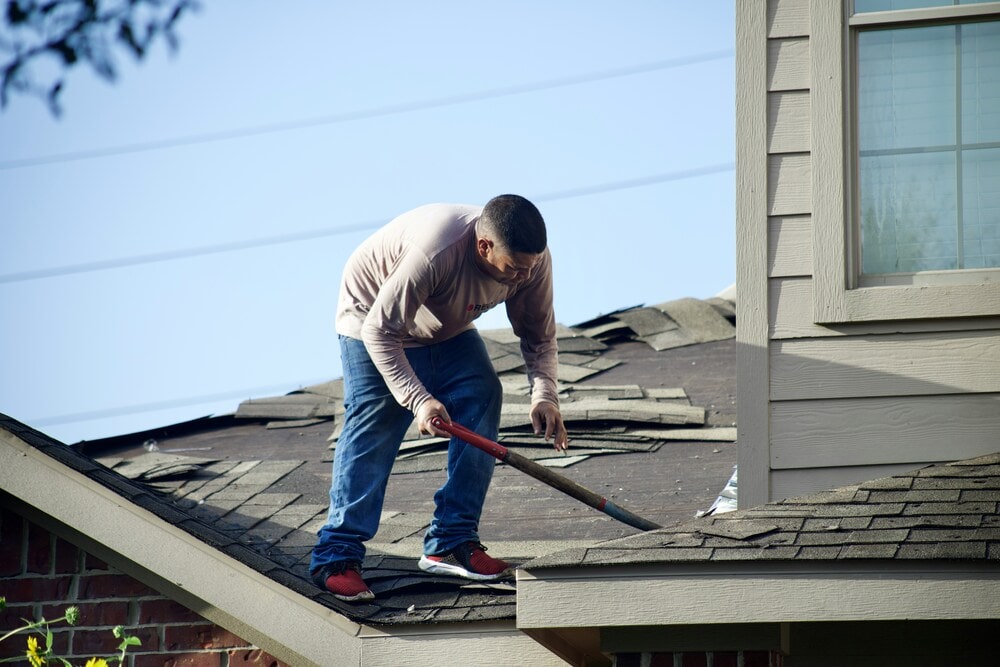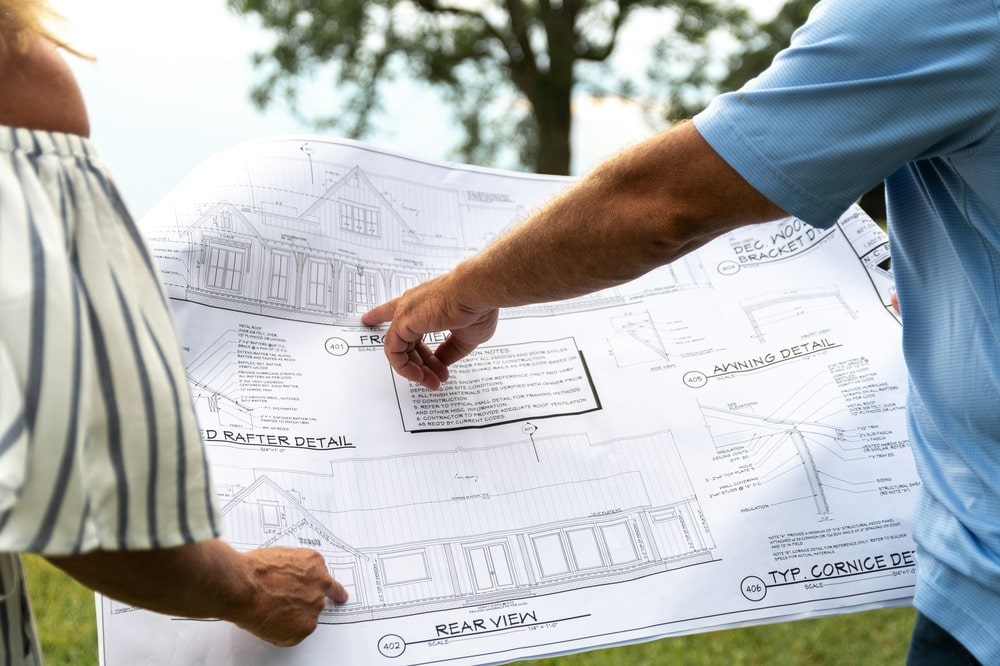
How to Hire the Right Tradesperson for Your Home Project
Learn the essential steps to find, vet, and hire qualified tradespeople who will deliver quality work for your home renovation or repair project.
Mike Jameson
A comprehensive guide to maintaining safety standards on construction sites.

Safety should always be the top priority on any construction site. A well-implemented safety program not only protects workers but also improves productivity and reduces costly accidents. This comprehensive guide covers essential safety guidelines and best practices that every construction professional should know and follow.
Essential safety gear is the first line of defense against workplace hazards. Every worker should be properly equipped and trained in the use of appropriate PPE for their tasks.
Hard hats and safety helmets are mandatory on construction sites. They protect against falling objects, bumps, and electrical hazards. Always ensure they meet current safety standards and are properly maintained.
Safety glasses, goggles, and face shields protect against dust, debris, chemicals, and flying particles. Select the appropriate eye protection based on the specific hazards present on-site.
Construction sites can be noisy environments. Long-term exposure to loud noise can cause permanent hearing loss. Workers should use earplugs or earmuffs when operating heavy machinery or working in high-noise areas.
Falls are one of the leading causes of injuries on construction sites. Employers must provide fall protection systems such as harnesses, guardrails, and safety nets for workers operating at heights.
Proper site management and strict safety protocols help prevent accidents and ensure a safe working environment. Here are some key safety procedures to implement:
In case of an accident or emergency, quick and effective response is critical. Construction sites should have emergency plans in place, including:
Implementing strong safety measures protects lives and enhances workplace efficiency. By prioritizing safety, construction sites can create a culture of responsibility, ensuring that every worker returns home safely at the end of the day.
Certified Master Electrician and Electrical Contractor

Learn the essential steps to find, vet, and hire qualified tradespeople who will deliver quality work for your home renovation or repair project.
Mike Jameson

Discover how TradesPool stands out from the competition by offering a smarter, more reliable, transparent, and community-focused solution for homeowners and tradespeople alike.
Noor Sadique